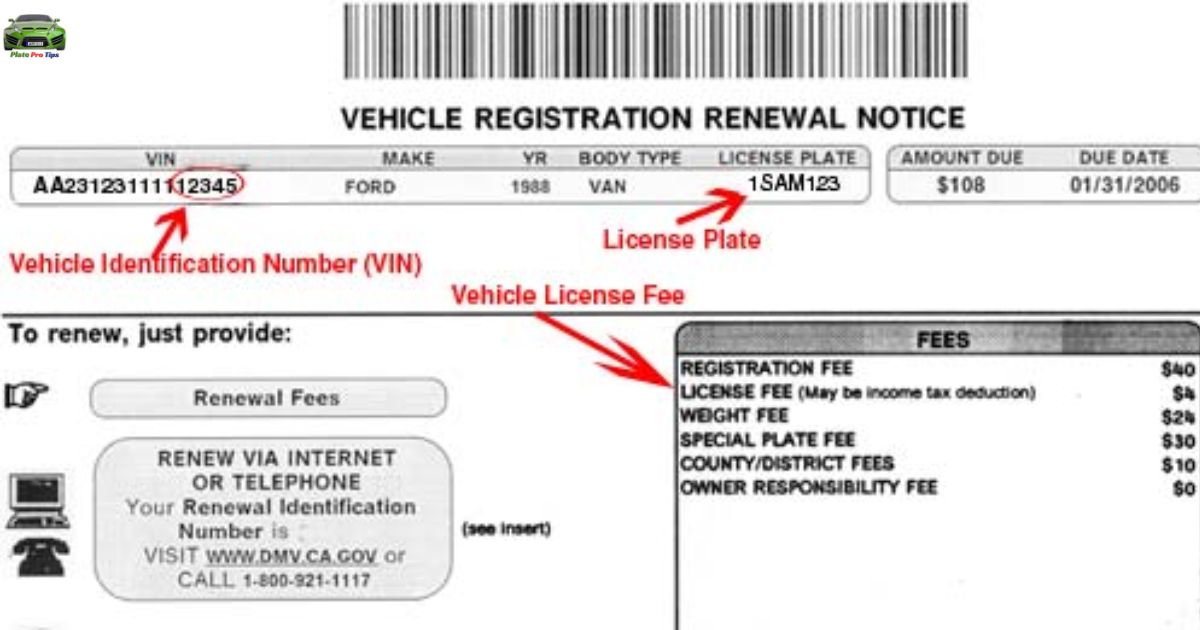Renewing your vehicle registration is a crucial process for all California drivers. Keeping your vehicle’s registration up-to-date ensures compliance with state laws and avoids potential penalties or citations. In this comprehensive guide, we’ll explore the ins and outs of vehicle registration renewal in California, covering everything from eligibility criteria to the renewal process itself.
Renew
The California Department of Motor Vehicles (DMV) offers several convenient options for renewing your vehicle registration, including renewing online, by mail, or in person at a DMV office. It’s essential to renew your registration before it expires to avoid late fees and other penalties. One important aspect of renewing your registration is ensuring that you have the correct documentation, including valid proof of insurance and up-to-date California License Plates.
Online Renewal
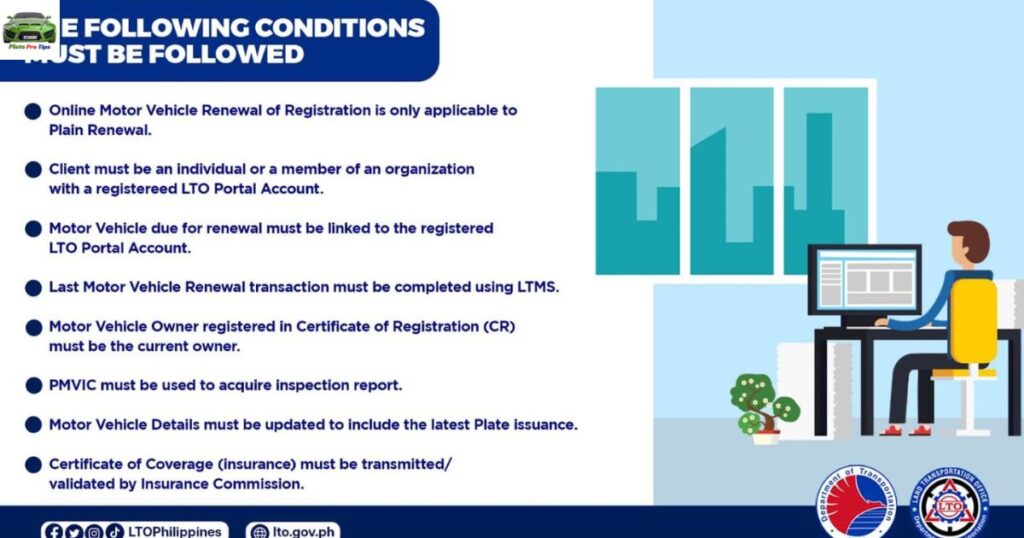
Renewing your vehicle registration online is the quickest and most convenient method. To be eligible for online renewal, you must meet the following criteria:
- Your vehicle is currently registered in California.
- You have a valid credit card or checking account for payment.
- Your vehicle passed the most recent smog inspection (if required).
- You have a valid email address.
To renew online, visit the DMV website, enter your license plate number or vehicle identification number (VIN), and follow the prompts.
Renewal by Mail
If you prefer to renew by mail, the DMV will send you a renewal notice approximately 60 days before your registration expires. The notice will include instructions on how to complete the renewal process and the fees due. Simply follow the instructions, enclose your payment, and mail the completed form to the address provided.
In-Person Renewal
You can also renew your vehicle registration in person at any DMV office. This option is convenient if you need to update your address or make other changes to your registration. Be sure to bring your current registration card, proof of insurance, and payment.
New Registration
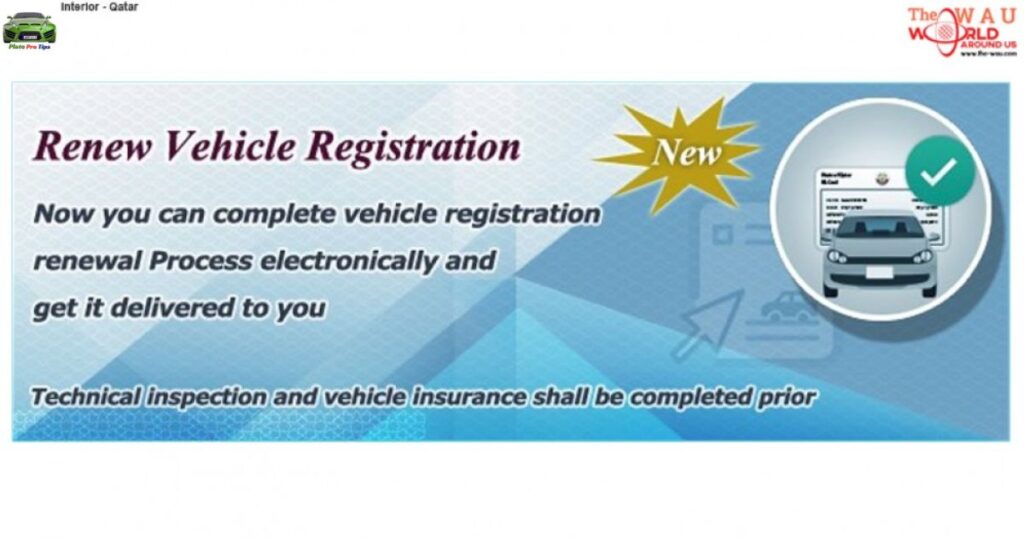
If you’ve recently purchased a vehicle or moved to California, you’ll need to register your vehicle with the DMV. The process varies depending on your specific situation, but generally, you’ll need to provide the following:
- Completed Application for Title or Registration (REG 343) form
- Proof of ownership (e.g., title, bill of sale)
- Proof of California residency
- Proof of insurance
- Smog certification (if required)
- Payment for registration fees
Check Registration Status
You can check the status of your vehicle registration renewal online or by calling the DMV customer service center. To check online, visit the DMV website and enter your license plate number or VIN.
License Plates, Decals, and Placards
During the registration process, you’ll receive license plates, decals, and placards (if applicable) for your vehicle. It’s essential to properly display these items to avoid citations or penalties.
License Plates
California requires two license plates – one on the front and one on the rear of the vehicle. If you need to replace a lost or damaged license plate, you can do so through the DMV.
Decals
Depending on your vehicle type and registration status, you may receive decals to display on your license plates. These decals indicate information such as the registration expiration date or the vehicle’s specific classification (e.g., commercial vehicle, electric vehicle).
Placards
Disabled person parking placards and placards for other special vehicle classifications are issued by the DMV. These placards must be properly displayed when parking or operating the vehicle under the designated conditions.
Disabled Person Parking Placards and Plates
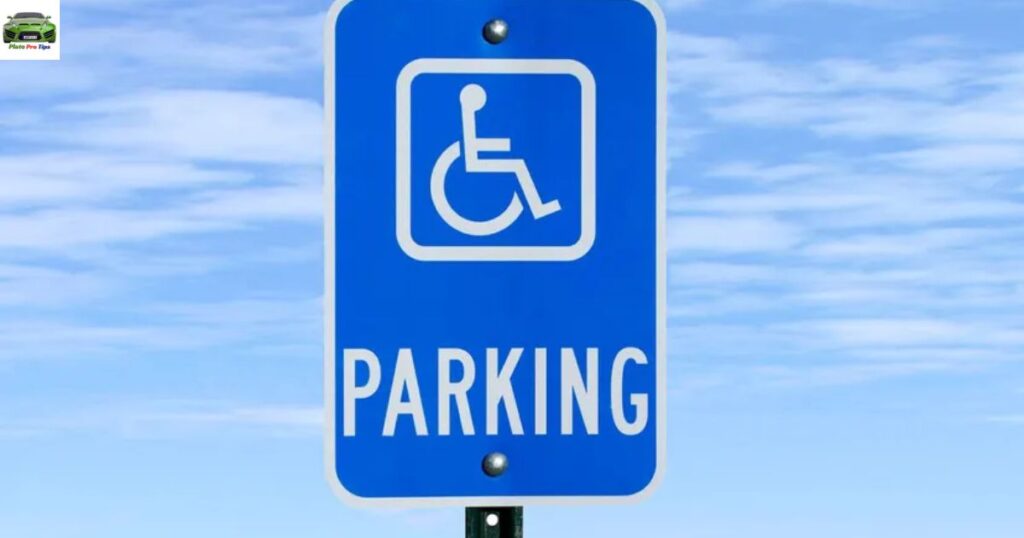
California offers disabled person parking placards and license plates to individuals with qualifying disabilities. These placards and plates allow the holder to park in designated accessible parking spaces and may provide additional parking privileges.
To obtain a disabled person parking placard or plate, you’ll need to submit a completed Application for Disabled Person Placard or Plates (REG 195) form, along with a written certification from your physician or other qualified medical professional.
Vehicle Registration Processing Times
The processing time for vehicle registration can vary depending on several factors, including the method of renewal (online, mail, or in-person), the workload at the DMV office, and any additional requirements or documentation needed.
Generally, online renewals are processed the quickest, often within a few business days. Renewals by mail may take several weeks, while in-person renewals at a DMV office can be completed the same day, provided all necessary documentation is in order.
Registration Information Changes
If you need to update your registration information, such as your address or vehicle ownership, you can do so through the DMV. You’ll need to provide the appropriate documentation and fees, depending on the type of change.
Registration Card Replacement
If you lose your vehicle registration card, you can request a replacement from the DMV. You’ll need to provide your license plate number or VIN and pay a replacement fee.
Vehicle Record
The DMV maintains a vehicle record for each registered vehicle in California. This record includes information such as the vehicle’s make, model, year, and ownership history. You can request a copy of your vehicle’s record from the DMV for a fee.
Smog Inspections
In certain areas of California, vehicles are required to undergo periodic smog inspections to ensure they meet emissions standards. The DMV will notify you when your vehicle is due for a smog inspection, and you’ll need to provide proof of passing the inspection to renew your registration.
Titles
When you purchase a vehicle, you’ll need to transfer the title into your name. The DMV handles title transfers and can assist you with the necessary paperwork and fees.
Release of Liability
If you sell or transfer ownership of your vehicle, you’ll need to complete a Release of Liability form with the DMV. This process protects you from potential liability for the vehicle after the sale or transfer.
Registration Fees
Registration fees in California vary based on several factors, including the vehicle’s weight, age, and type. The DMV provides a fee calculator on its website to help you estimate the cost of registration for your specific vehicle.
Pay $14 Suspension Fee
If your vehicle registration has been suspended due to unpaid fees or other issues, you’ll need to pay a $14 suspension fee in addition to any other outstanding fees or penalties to reinstate your registration.
Quick Links
For your convenience, here are some quick links to important DMV resources related to vehicle registration renewal:
- Online Vehicle Registration Renewal
- Registration Fee Calculator
- Smog Check Requirements
- Request a Vehicle Record
By following the guidelines and utilizing the resources provided in this comprehensive guide, you can navigate the vehicle registration renewal process in California with ease. Remember to renew your registration on time, provide the necessary documentation, and stay compliant with state laws to avoid penalties or citations.
Apply for a New Driver’s License/ID Card
If you’re a new resident in California or have never had a driver’s license or identification card (ID) issued by the state, you’ll need to apply for a new one through the DMV. The process may vary slightly depending on your specific circumstances, but generally, you’ll need to follow these steps:
- Gather the Required Documents: You’ll need to provide proof of identity, legal presence in the United States (if applicable), California residency, and your social security number (or proof of ineligibility). Acceptable documents include a birth certificate, passport, utility bills, and more. The DMV website provides a detailed list of accepted documents.
- Make an Appointment (recommended): While not mandatory, making an appointment at your local DMV office can help you avoid long wait times and ensure prompt service.
- Complete the Application: You’ll need to fill out and submit the appropriate application form, either online or at the DMV office. The form will require personal information, such as your name, address, and physical description.
- Provide Thumbprints: As part of the application process, you’ll be required to provide thumbprints for identification purposes.
- Take the Required Tests: Depending on whether you’re applying for a driver’s license or an ID card, you may need to take a vision test, knowledge test, and a behind-the-wheel driving test (for driver’s licenses).
- Pay the Fee: There is a fee associated with obtaining a new driver’s license or ID card in California. The amount varies based on the type of license or ID and the length of validity.
- Receive Your License/ID Card: Once you’ve completed all the necessary steps and passed the required tests (if applicable), you’ll receive your new California driver’s license or ID card, typically within a few weeks.
It’s essential to note that the process may involve additional steps or requirements if you’re a new resident transferring a license from another state or if you’re applying for a commercial driver’s license (CDL).
Apply for a REAL ID
The REAL ID Act, passed by Congress in 2005, established new security standards for state-issued driver’s licenses and ID cards. Beginning May 7, 2025, all California residents will need a REAL ID-compliant license or ID card to board domestic flights or enter certain federal facilities.
To obtain a REAL ID in California, you’ll need to follow these steps:
- Gather the Required Documents: In addition to the standard documents required for a new driver’s license or ID card, you’ll need to provide additional documentation to verify your identity, legal presence in the United States, and California residency. This may include a valid passport, birth certificate, permanent resident card, utility bills, and more.
- Visit a DMV Office: Unlike standard licenses and IDs, REAL IDs cannot be obtained through the online or mail-in process. You’ll need to visit a DMV office in person and present your documents for verification.
- Complete the Application: You’ll need to fill out the appropriate application form, either online or at the DMV office, and indicate that you’re applying for a REAL ID-compliant license or ID card.
- Provide Thumbprints and Pass Required Tests: As with a standard license or ID, you’ll need to provide thumbprints and pass any required tests, such as a vision test, knowledge test, or behind-the-wheel driving test (for driver’s licenses).
- Pay the Fee: There is an additional fee for obtaining a REAL ID-compliant license or ID card, on top of the standard fees.
- Receive Your REAL ID: Once your application is approved and you’ve met all the requirements, you’ll receive your REAL ID-compliant license or ID card, typically within a few weeks.
It’s important to note that the REAL ID process involves more stringent documentation requirements to ensure the highest level of security and identity verification. The DMV recommends applying for a REAL ID well in advance of the May 7, 2025 deadline to avoid any potential delays or issues.
Mobile Driver’s License/DMV Wallet Pilot
The California DMV is currently piloting a new program that allows residents to store a digital version of their driver’s license or identification card on their mobile devices. This innovative program, known as the “Mobile Driver’s License/DMV Wallet Pilot,” aims to provide a convenient and secure alternative to physical cards.
How It Works
Participating in the pilot program is voluntary and free of charge. To get started, eligible California residents can download the DMV Wallet app on their iOS or Android device. Once downloaded, they can follow these steps:
- Enroll in the Program: Users will need to create an account and verify their identity by providing personal information and uploading documents, such as a photo ID and proof of residency.
- Add Licenses and IDs: After successful enrollment, users can add their existing driver’s license or identification card to the app by scanning the physical card or entering the card details manually.
- Access Digital Credentials: The app will store a secure, digital version of the user’s licenses and IDs, which can be accessed and displayed on their mobile device at any time.
- Use Digital Credentials: When prompted, users can present their digital credentials on their mobile device, just as they would with a physical card. The app uses advanced security features, such as device authentication and data encryption, to protect users’ personal information.
Benefits of the Mobile Driver’s License/DMV Wallet
The mobile driver’s license and DMV wallet offer several potential benefits for California residents:
- Convenience: Users no longer need to carry physical cards, reducing the risk of losing or misplacing them.
- Accessibility: Digital credentials can be easily accessed and displayed on a mobile device, making them readily available when needed.
- Security: The app employs robust security measures, such as data encryption and biometric authentication, to safeguard users’ personal information.
- Updates and Renewals: Users can easily update or renew their digital credentials within the app, eliminating the need for in-person visits to the DMV in some cases.
- Eco-Friendly: By reducing the need for physical cards, the program promotes environmental sustainability and reduces waste.
As the pilot program progresses, the DMV will continue to evaluate its effectiveness, security, and user adoption rates. If successful, the mobile driver’s license and DMV wallet could become a widely adopted and convenient alternative to traditional physical cards in California.
Permits
In California, various types of permits are available for different driving needs and circumstances. These permits serve as temporary or restricted licenses, allowing individuals to practice driving or operate vehicles under specific conditions.
Instruction Permit
An instruction permit is the first step for individuals learning to drive in California. This permit allows them to practice driving with a licensed instructor or a parent/guardian in the vehicle. To obtain an instruction permit, applicants must:
- Be at least 15 1/2 years old
- Complete a driver’s education course
- Pass a vision test and a written knowledge test
- Provide a thumbprint and pay the applicable fee
Holders of an instruction permit must comply with certain restrictions, such as having a licensed driver in the front passenger seat and adhering to passenger limitations.
Provisional Permit
Once an instruction permit holder meets the required practice hours and passes the behind-the-wheel driving test, they can obtain a provisional permit at age 16. This permit allows them to drive independently, but with certain restrictions, such as:
- No driving between 11 PM and 5 AM (with some exceptions)
- No passengers under 20 years old (with some exceptions)
- Maintaining a clean driving record
These restrictions help new drivers gain experience gradually while promoting road safety.
Commercial Learner’s Permit (CLP)
Individuals interested in obtaining a commercial driver’s license (CDL) must first obtain a Commercial Learner’s Permit (CLP). This permit allows them to practice driving commercial vehicles while supervised by a licensed commercial driver. To get a CLP, applicants must:
- Be at least 18 years old (21 for interstate commercial driving)
- Pass vision, knowledge, and endorsement tests (if applicable)
- Provide a thumbprint and pay the applicable fee
The CLP is valid for 180 days and can be renewed for an additional 180 days, but holders must obtain their CDL before the permit expires.
By offering these various permits, the California DMV provides a structured and safe pathway for individuals to learn and practice driving skills before obtaining a full license.
Driving Record
Your driving record is a comprehensive record of your driving history maintained by the California DMV. It includes information about your driver’s license status, any traffic violations or convictions, and any accidents or incidents you’ve been involved in while operating a motor vehicle.
Obtaining Your Driving Record
You can request a copy of your driving record from the DMV by:
- Visiting a DMV office in person
- Submitting a request by mail
- Using the DMV’s online services
When requesting your driving record, you’ll need to provide personal information, such as your name, driver’s license number, and date of birth, as well as payment for the applicable fee.
Importance of Your Driving Record
Your driving record is an essential document that can affect various aspects of your life, including:
- Insurance Rates: Insurance companies often review driving records when determining premiums. A record with multiple violations or accidents may result in higher insurance rates.
- Employment Opportunities: Some employers, particularly those involving driving or transportation, may review your driving record as part of the hiring process.
- Legal Proceedings: Your driving record may be used as evidence in legal proceedings related to traffic violations or accidents.
- License Suspension or Revocation: Accumulating too many violations or severe infractions within a certain period can lead to the suspension or revocation of your driver’s license.
It’s crucial to maintain a clean driving record by practicing safe driving habits, obeying traffic laws, and addressing any violations or issues promptly.
Driver’s License or Identification Card Changes
Throughout your life, you may need to update or make changes to your driver’s license or identification card information. The California DMV provides various services to accommodate these changes, ensuring that your credentials remain accurate and up-to-date.
Common Changes
Some of the most common changes that may require updating your driver’s license or ID card include:
- Name Change: If you’ve legally changed your name due to marriage, divorce, or other reasons, you’ll need to update your credentials to reflect your new name.
- Address Change: Moving to a new address within California requires updating the address on your driver’s license or ID card.
- Physical Description Changes: Significant changes in your physical appearance, such as height, weight, or eye color, may necessitate updating your credentials.
- License or ID Card Renewal: When your driver’s license or ID card expires, you’ll need to renew it and obtain a new credential with updated information.
How to Make Changes
To make changes to your driver’s license or ID card, you’ll typically need to:
- Visit a DMV Office: Most changes require an in-person visit to a DMV office, where you’ll need to provide appropriate documentation and personal information.
- Complete the Required Forms: Depending on the type of change, you may need to fill out specific forms, such as a “Change of Information” form or a renewal application.
- Provide Supporting Documentation: You’ll need to provide documents that support the changes you’re making, such as a marriage certificate for a name change or utility bills for an address change.
- Pay the Applicable Fees: There may be fees associated with certain changes, such as a replacement fee for a new driver’s license or ID card.
It’s important to update your credentials promptly to ensure compliance with state laws and avoid potential issues or penalties.
New to California
If you’re a new resident in California, there are specific steps you’ll need to take regarding your driver’s license and vehicle registration. The California DMV has procedures in place to ensure a smooth transition for newcomers to the state.
Driver’s License
If you have a valid driver’s license from another U.S. state or territory, you’ll need to transfer your license to a California license within 10 days of becoming a California resident. Here’s what you’ll need to do:
- Visit a DMV Office: You’ll need to visit a DMV office in person and bring your out-of-state license, along with other required documents, such as proof of residency and a thumbprint.
- Complete the Application: You’ll need to fill out and submit the appropriate application form for a California driver’s license.
- Take Required Tests: Depending on your age and driving history, you may need to take a vision test, a written knowledge test, or a behind-the-wheel driving test.
- Pay the Applicable Fees: There are fees associated with obtaining a new California driver’s license, which vary based on the license type and validity period.
- Surrender Your Out-of-State License: Once you receive your new California license, you’ll need to surrender your out-of-state license to the DMV.
Vehicle Registration
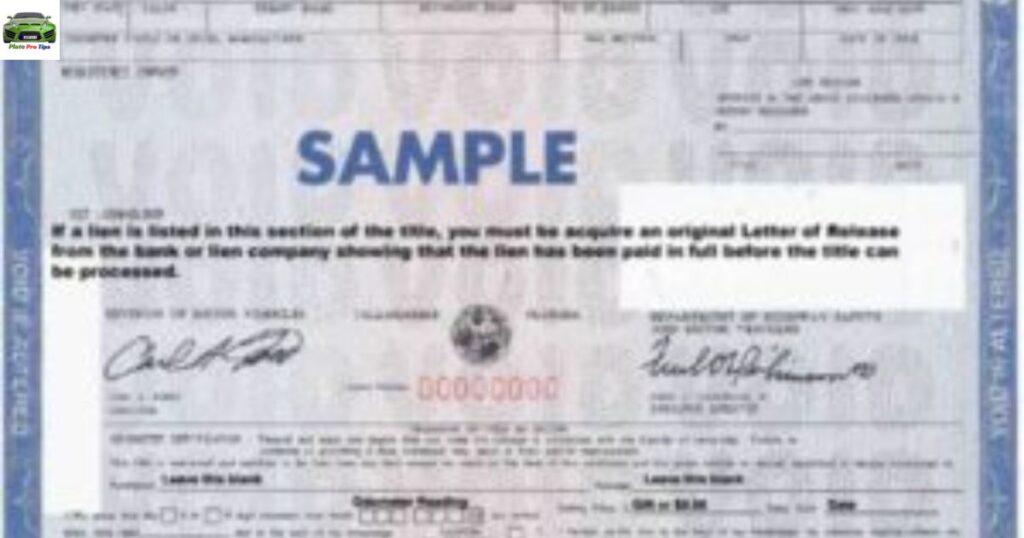
If you’re bringing a vehicle with you to California, you’ll need to register it with the state within 20 days of becoming a resident. The process involves:
- Obtain California Insurance: You’ll need to purchase a California-approved car insurance policy for your vehicle.
- Complete the Registration Process: You can register your vehicle online, by mail, or in person at a DMV office. You’ll need to provide your out-of-state title or registration, proof of insurance, a smog certification (if required), and pay the applicable fees.
- Receive California License Plates and Registration: Once your registration is processed, you’ll receive California license plates and a registration card for your vehicle.
It’s crucial to complete these steps promptly to avoid potential penalties or citations for driving without a valid California license or registration.
Driver’s License Processing Times
The processing time for obtaining a new or renewed driver’s license in California can vary depending on several factors, such as the type of license, the method of application, and the workload at the DMV office.
New Driver’s License Processing Times
For new driver’s license applications, the processing time can range from a few weeks to several months, depending on the specific circumstances. Here are some general timeframes:
- Standard New License (No Prior License): 4-6 weeks
- Out-of-State Transfer: 2-4 weeks
- Commercial Driver’s License (CDL): 6-8 weeks
These timeframes are estimates and can be impacted by factors such as the volume of applications, document verification processes, and any additional requirements or documents needed.
Renewal Processing Times
The processing time for driver’s license renewals is generally faster than for new licenses. Here are some typical timeframes:
- Online Renewal: 2-3 weeks
- Mail-in Renewal: 4-6 weeks
- In-Person Renewal: Same day (if all requirements are met)
It’s important to note that processing times can be longer during peak periods, such as the summer months or around major holidays.
Expedited Processing
In certain cases, the DMV may offer expedited processing for an additional fee. This service can be especially useful for individuals who need their new or renewed license more quickly, such as those starting a new job or planning to travel.
To ensure the quickest processing time, it’s recommended to complete your application accurately and provide all required documents upfront. This can help avoid delays caused by missing or incomplete information.
Order a Replacement
If your driver’s license or identification card is lost, stolen, or damaged, you’ll need to order a replacement from the California DMV. Here’s how you can go about getting a replacement:
Online Replacement Request
The quickest and most convenient way to order a replacement is through the DMV’s online services. Visit the DMV website and follow these steps:
- Log in to Your Account: If you don’t have an account, you’ll need to create one by providing your personal information and establishing a secure login.
- Request a Replacement: Navigate to the “Replace Your Driver License or ID Card” section and follow the prompts to request a replacement.
- Pay the Replacement Fee: You’ll need to pay the applicable replacement fee, which can be paid online using a credit or debit card.
- Receive Your Replacement: Your replacement license or ID card will be mailed to you within 2-3 weeks.
In-Person Request
If you prefer or need to request a replacement in person, you can visit any DMV office and:
- Complete the Application: Fill out the appropriate application form for a replacement license or ID card.
- Provide Identification: You’ll need to present acceptable forms of identification, such as a passport or other government-issued ID.
- Pay the Replacement Fee: Pay the applicable replacement fee, which can be paid with cash, check, or credit/debit card.
- Receive Your Temporary License or ID: You’ll receive a temporary license or ID card on the spot, which you can use until your permanent replacement arrives in the mail within 2-3 weeks.
It’s important to report your lost or stolen license or ID card to the DMV as soon as possible to prevent potential misuse and fraud.
Commercial Driver’s Licenses
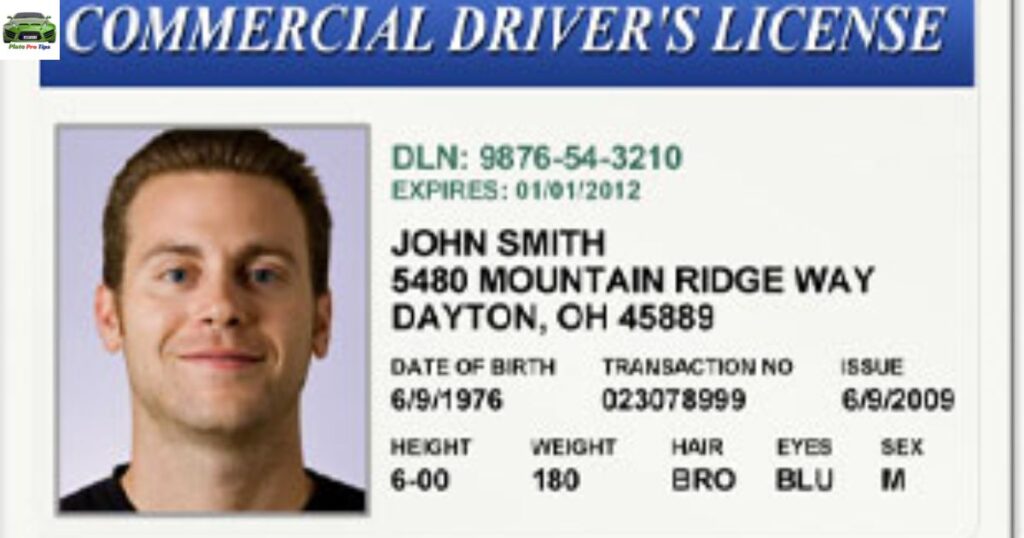
California has specific requirements and procedures for obtaining and maintaining a commercial driver’s license (CDL). A CDL is necessary for operating certain types of commercial vehicles, such as tractor-trailers, buses, and vehicles carrying hazardous materials.
Obtaining a CDL
To obtain a CDL in California, you’ll need to follow these steps:
- Get a Commercial Learner’s Permit (CLP): Before applying for a CDL, you must first obtain a CLP by passing knowledge tests and providing required documentation.
- Complete Entry-Level Driver Training: As of February 2022, all CDL applicants are required to complete a federally-approved Entry-Level Driver Training (ELDT) program.
- Pass Skills Tests: After holding your CLP for the required time and completing ELDT, you’ll need to pass behind-the-wheel skills tests, including vehicle inspection, basic vehicle control, and road tests.
- Provide Required Documentation: You’ll need to provide acceptable forms of identification, proof of California residency, a medical examination report, and any necessary endorsements or certifications.
- Pay the Applicable Fees: There are fees associated with obtaining a CDL, which vary based on the license class and endorsements.
Maintaining Your CDL
Once you’ve obtained your CDL, there are specific requirements and responsibilities for maintaining it:
- Renew Your CDL Every 5 Years: CDLs must be renewed every five years, and you may need to retake knowledge and skills tests.
- Follow Medical Certification Requirements: You’ll need to undergo periodic medical examinations and provide updated medical certification to the DMV.
- Comply with Employer Requirements: If you operate commercial vehicles as part of your employment, you may need to comply with additional requirements set by your employer or regulatory agencies.
- Maintain a Clean Driving Record: Traffic violations or accidents can result in penalties, disqualifications, or the suspension or revocation of your CDL.
By following these guidelines and requirements, you can ensure that you maintain a valid CDL and operate commercial vehicles safely and legally in California.
AB 60 Driver’s Licenses
In 2013, California passed Assembly Bill 60 (AB 60), which allowed undocumented immigrants to apply for and obtain a driver’s license in the state. This initiative was designed to improve road safety, facilitate access to employment, and promote integration within communities.
Eligibility Requirements
To be eligible for an AB 60 driver’s license, applicants must meet the following criteria:
- Age Requirement: Applicants must be at least 16 years old.
- Residency Requirement: Applicants must provide proof of California residency, such as utility bills, rental agreements, or other acceptable documents.
- Identity Documents: Applicants must provide specific identity documents, such as a foreign passport, consular identification card, or other approved documents from their country of origin.
- Social Security Number: Applicants are not required to provide a Social Security number.
Application Process
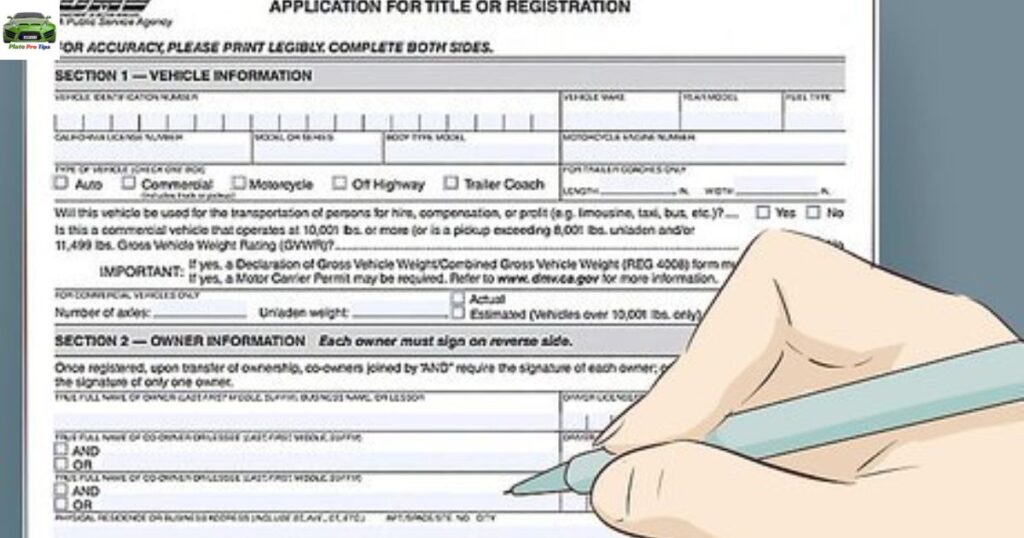
The application process for an AB 60 driver’s license is similar to the standard process for obtaining a California driver’s license:
- Make an Appointment: It’s recommended to make an appointment at your local DMV office to avoid long wait times.
- Provide Required Documents: Applicants must bring the necessary identity documents, proof of residency, and any other required paperwork specified by the DMV.
- Pass Required Tests: Applicants must pass a vision test, a written knowledge test, and a behind-the-wheel driving test, just like any other driver’s license applicant.
- Pay the Applicable Fees: There are fees associated with obtaining an AB 60 driver’s license, similar to standard driver’s license fees.
- Receive Your AB 60 License: Once all requirements are met, applicants will receive their AB 60 driver’s license, which is valid for the same period as a standard California driver’s license.
It’s important to note that AB 60 driver’s licenses are marked with the phrase “Federal Limits Apply” and are not valid for federal identification purposes, such as boarding commercial flights or entering secure federal buildings or facilities.
Identification Cards
In addition to driver’s licenses, the California DMV also issues identification (ID) cards for individuals who do not drive or wish to have a separate form of identification. These ID cards serve as a valid form of identification and can be used for various purposes, such as accessing certain services or facilities, opening bank accounts, or verifying identity.
Eligibility and Requirements
To obtain a California ID card, applicants must meet the following requirements:
- Age Requirement: Applicants must be at least 16 years old.
- Residency Requirement: Applicants must provide proof of California residency, such as utility bills, rental agreements, or other acceptable documents.
- Identity Documents: Applicants must provide acceptable forms of identification, such as a birth certificate, passport, or other approved documents.
- Social Security Number (or Exemption): Applicants must provide their Social Security number or demonstrate ineligibility for a Social Security number.
FAQ,s
How much is car registration renewal in California?
Car registration renewal fees in California vary depending on factors like vehicle type, weight, and location, but they typically range from around $60 to $200.
How often do you need to renew your registration in California?
In California, vehicle registration renewal is required annually. You must renew before your current registration expires to avoid penalties.
What happens if I don’t renew my registration in California?
Failure to renew your registration in California can lead to penalties such as late fees, fines, and even having your vehicle impounded or registration suspended.
How long is the car registration period in California?
The car registration period in California typically lasts for one year. Vehicle owners must renew their registration annually before the expiration date.
Why is CA vehicle registration so expensive?
California’s vehicle registration fees are relatively high due to various factors including state taxes, fees for environmental initiatives, and the costs of maintaining and improving the state’s transportation infrastructure.
Conclusion
Renewing your vehicle registration in California is essential to ensure you can legally drive on the state’s roads. The process involves paying a fee, which varies based on factors like vehicle type and weight. Remember, registration renewal is required annually, so staying on top of it helps you avoid penalties like fines and impoundment.
While the fees may seem high, they contribute to maintaining California’s transportation infrastructure and funding various state initiatives. So, mark your calendar and renew your registration on time to keep cruising hassle-free on California’s roads!

I’m Shoaib, a passionate blogger with 5 years of experience. I love writing about tech. My goal is to share useful information and insights with you. Explore my website to discover exciting content on various topics!
